How to Make Your Own Curry Spice Blend at Home
Here's a simple, authentic recipe to create your own curry spice blend in minutes. This versatile mix forms the foundation for countless curry dishes worldwide. Start with these essential ingredients:
- 1 tablespoon ground coriander
- 1 tablespoon ground cumin
- 1 teaspoon turmeric
- 1/2 teaspoon ground ginger
- 1/2 teaspoon chili powder (adjust to taste)
- 1/2 teaspoon garam masala
- 1/4 teaspoon black pepper
Combine all ingredients in a small bowl and store in an airtight container. This base recipe works perfectly for chicken, vegetable, or lentil curries. For deeper flavor, toast whole spices before grinding.
Global Curry Spice Traditions Explained
Curry spice blends vary significantly by region, each with unique cultural roots. Below is a clear comparison of authentic regional profiles:
| Region | Common Spices | Flavor Profile |
|---|---|---|
| India | Coriander, cumin, turmeric, garam masala, chili powder | Earthy, warm, and aromatic |
| Thailand | Lemongrass, galangal, kaffir lime leaves, chili, shrimp paste | Spicy, citrusy, and fresh |
| Sri Lanka | Cinnamon, cardamom, cloves, curry leaves, mustard seeds | Warm, slightly sweet, and complex |
| Japan | Turmeric, cumin, coriander, ginger, garlic | Savory, slightly sweet, and umami-rich |
| Caribbean | Allspice, nutmeg, cinnamon, cloves, scotch bonnet pepper | Warm, fruity, and intensely spicy |
These blends are distinct from non-curry preparations like jerk seasoning (which is Jamaican-specific and not a curry). Always verify regional authenticity when selecting ingredients.
Practical Tips for Mastering Curry Spice Blends
- Toast Your Spices: Dry-toast whole spices on low heat before grinding to release oils and enhance flavor. A spice grinder ensures even consistency.
- Use Fresh Ingredients: Fresh vegetables, herbs, and proteins deliver vibrant taste. Avoid canned substitutes for authentic results.
- Build Flavor Slowly: Simmer for 30+ minutes to allow spices to meld. Stir occasionally to prevent burning.
- Balance Flavors: Add coconut milk or yogurt to reduce heat; use lemon juice or honey for acidity/sweetness. Adjust incrementally.
- Store Properly: Keep blends in airtight containers away from light and heat. Whole spices last 2 years; ground spices 6-12 months.
Essential Curry Spices and Tools Guide
Top 5 Authentic Curry Blends
- Madras Curry Powder – Indian classic with medium heat and earthy depth. Ideal for chicken or vegetable dishes.
- Massaman Curry Paste – Thai specialty with coconut milk, peanuts, and dried chilies. Perfect for meat-based curries.
- Sri Lankan Curry Powder – Complex blend with cinnamon and cardamom. Great for rice-based dishes.
- Japanese Curry Powder – Mild and umami-rich, often with apple or honey notes. Family-friendly option.
- Caribbean Curry Powder – Spicy and fruity with scotch bonnet pepper. Best for seafood or grilled meats.
Must-Have Kitchen Tools
- Spice Grinder – Adjustable settings for fine, even grinding. Essential for homemade blends.
- Wok or Heavy Skillet – Ensures even heat distribution for sautéing spices.
- Slow Cooker – Ideal for tender, slow-cooked curries without constant stirring.
- Measuring Spoons – Precision tools for consistent spice ratios.
- Stainless Steel Ladle – Durable for stirring and serving without damaging cookware.
Always check expiration dates and choose organic, ethically sourced spices for best flavor and quality.
Frequently Asked Questions About Curry Spice Blends
What is the difference between curry powder and curry paste?
Curry powder is a dry blend of ground spices (common in Indian cooking), while curry paste is a wet mixture with fresh ingredients like herbs, chilies, and aromatics (typical in Thai cuisine). Paste offers brighter, more complex flavors, while powder provides convenience and longer shelf life.
How long do homemade curry spice blends last?
Homemade blends last 6-12 months in airtight containers away from heat and light. Whole spices retain potency for up to 2 years. For optimal flavor, label containers with preparation dates and replace after one year.
Can I make curry spice blends without certain ingredients due to allergies or availability?
Yes. Substitute coriander with caraway (use half amount), cumin with chili powder, or turmeric with curry powder (though flavor changes). For nut allergies in Thai curries, replace peanut butter with sunflower seed butter. Always maintain the core balance of earthy, warm, and aromatic elements.
What are the essential spices for a basic curry blend?
Coriander, cumin, and turmeric form the essential foundation. Coriander adds citrus notes, cumin provides earthiness, and turmeric delivers color and subtle bitterness. Build from this base with regional spices like ginger or chili for depth.
How can I adjust the heat level in my curry?
Reduce heat by adding dairy (yogurt, coconut milk), acid (lemon juice), or sweetness (honey). Increase heat with fresh chilies, black pepper, or higher chili powder amounts. Remember: heat intensifies during cooking, so add incrementally and wait 5-10 minutes before adjusting.
Can I substitute fresh spices with dried ones in curry recipes?
Yes, but adjust quantities: use 1/3 the amount of dried spice for fresh. For example, 1 tablespoon fresh ginger equals 1 teaspoon ground ginger. Fresh spices offer brighter flavors but shorter shelf life; dried provide concentrated, earthy notes with better storage.
Conclusion: Craft Your Perfect Curry Blend
Creating authentic curry spice blends connects you to global culinary traditions while allowing personal creativity. With accurate regional knowledge and proper technique, you'll achieve restaurant-quality results at home.
Start with the simple base recipe above, then experiment with regional variations. Share your creations with loved ones and enjoy a dish that truly brings the world to your table—one perfectly balanced bite at a time.
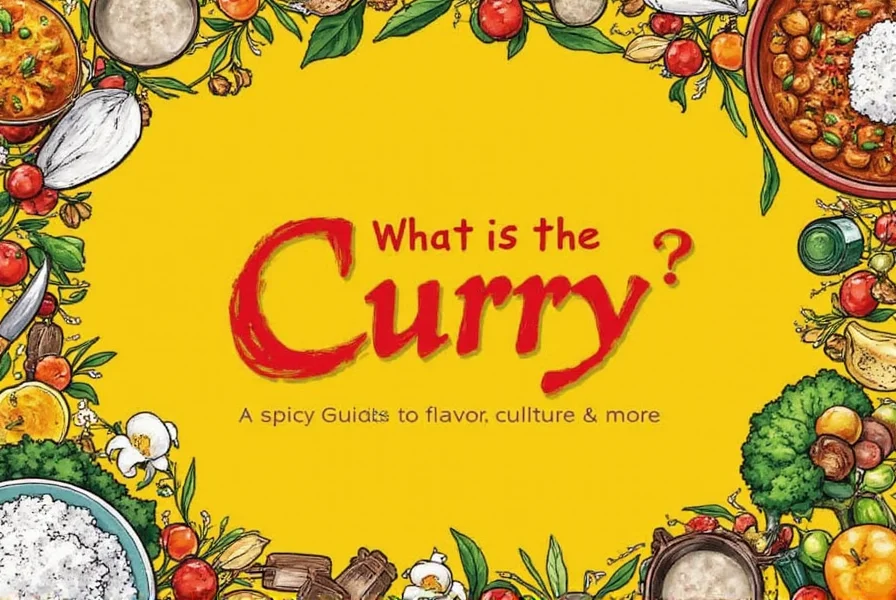
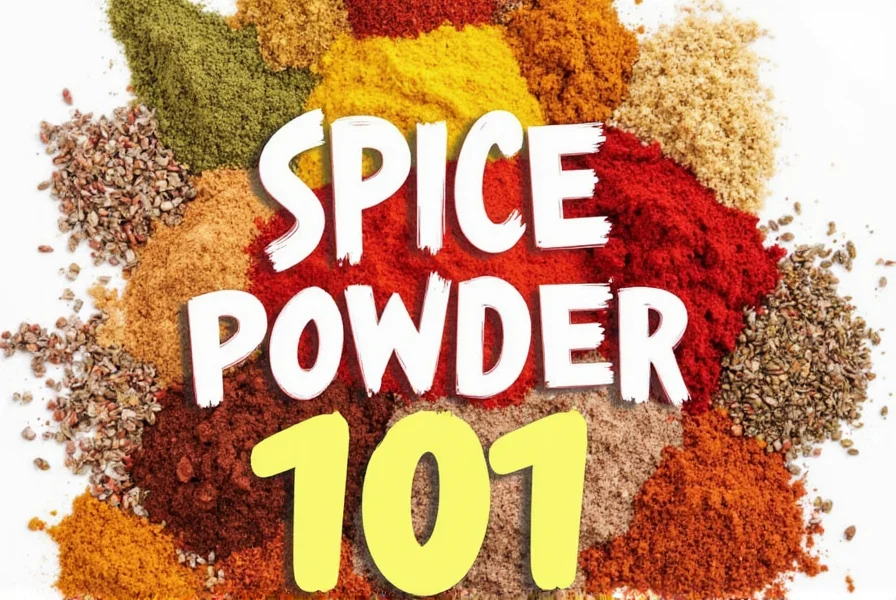
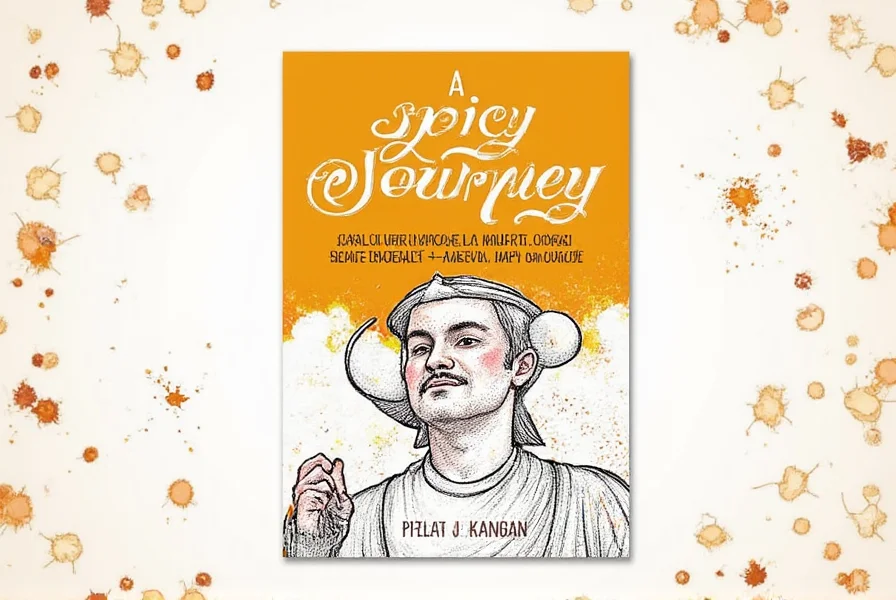
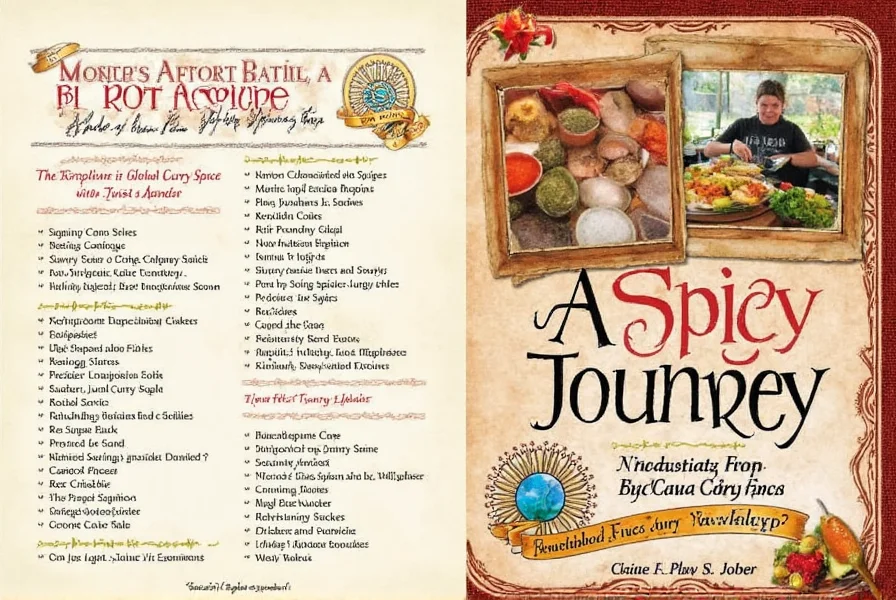
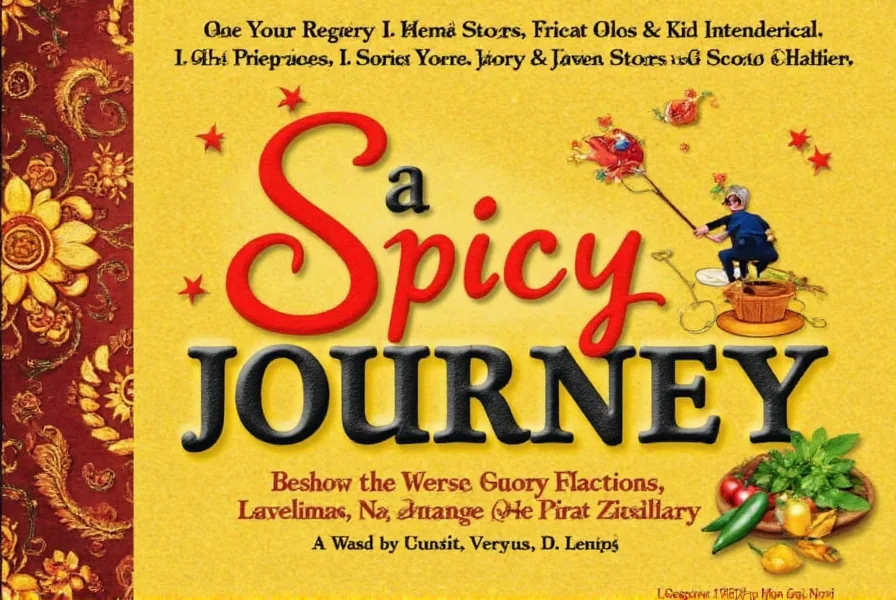

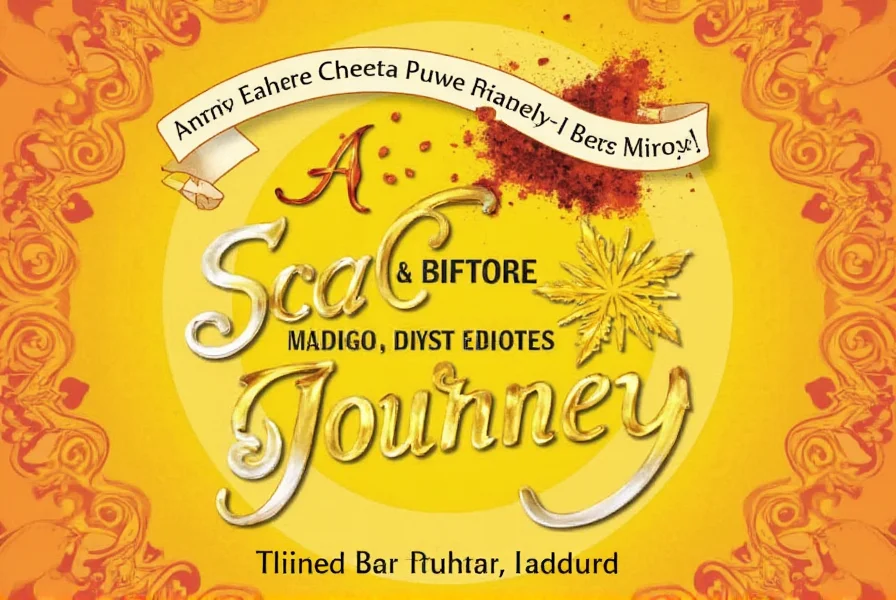









 浙公网安备
33010002000092号
浙公网安备
33010002000092号 浙B2-20120091-4
浙B2-20120091-4